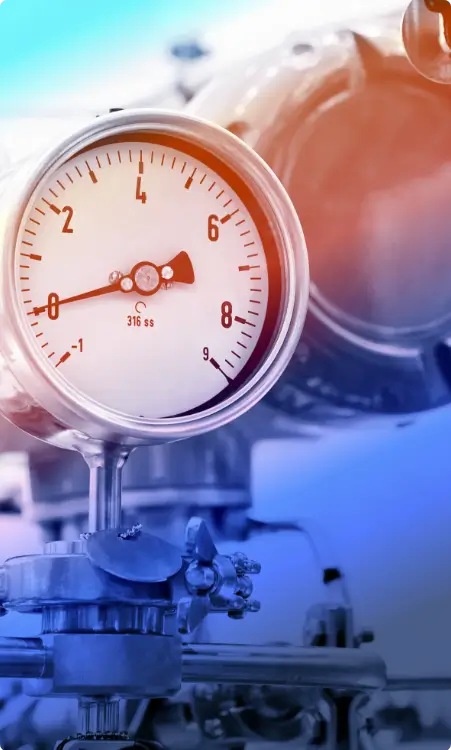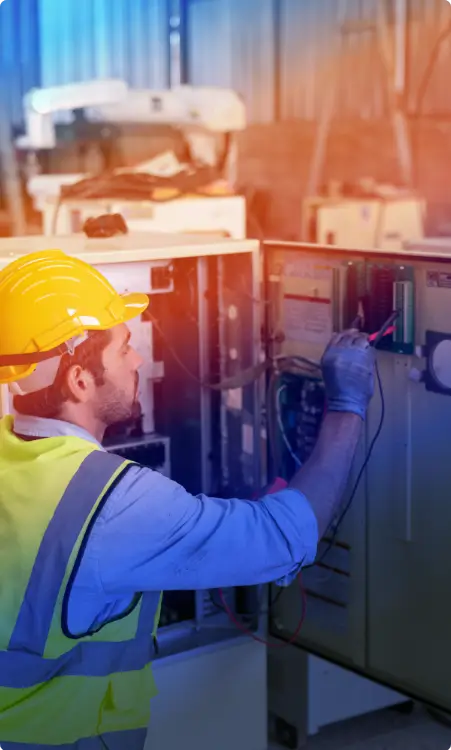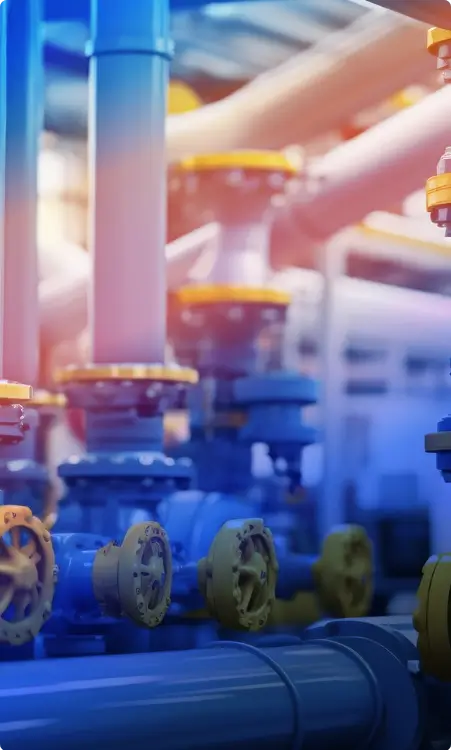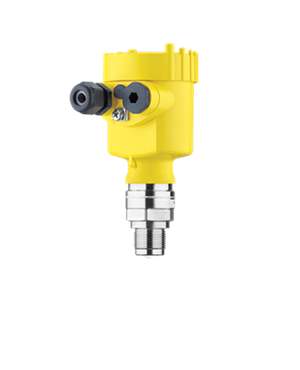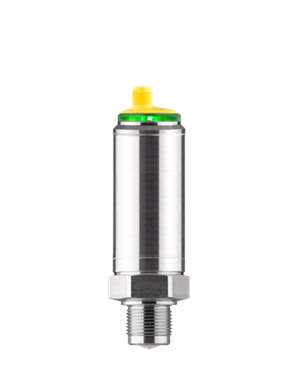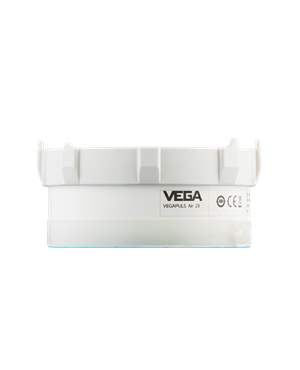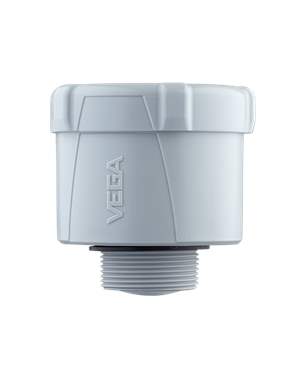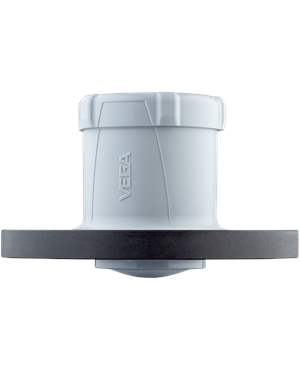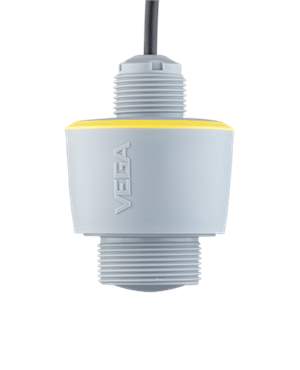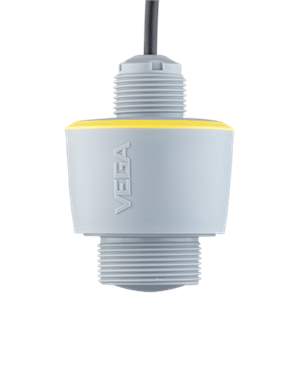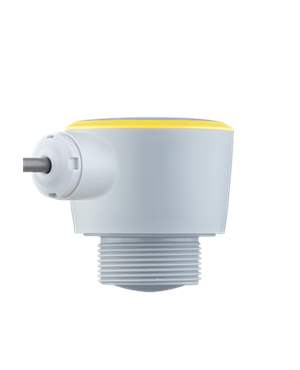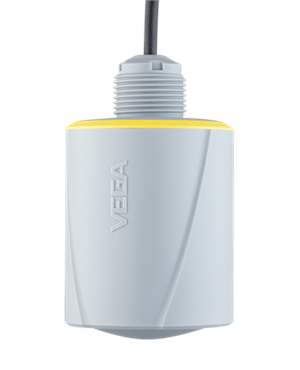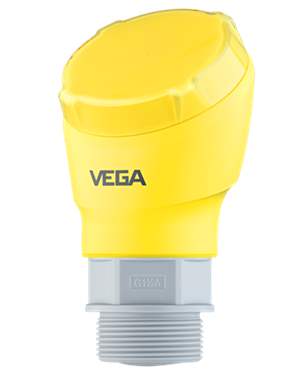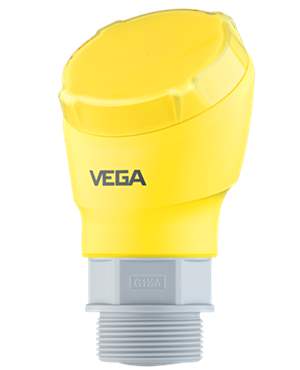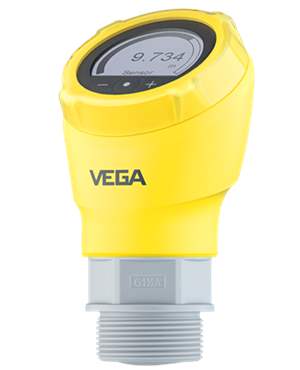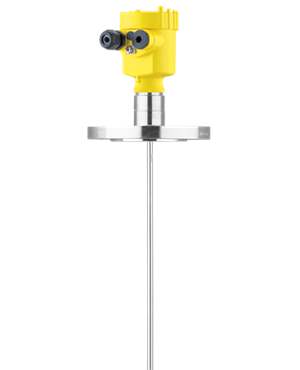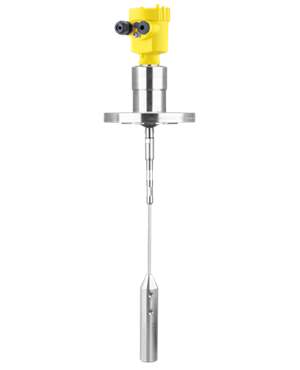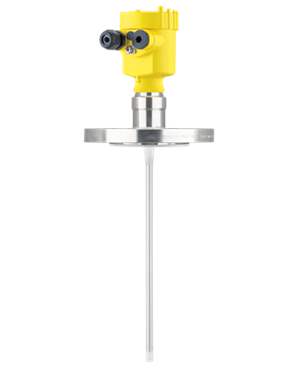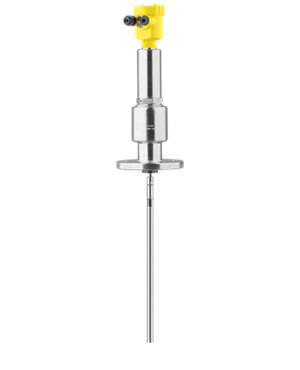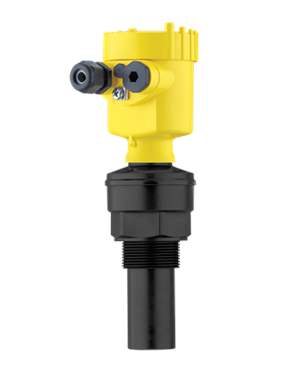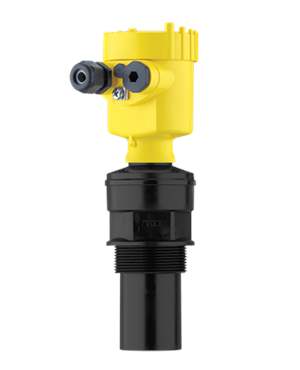- Transducer
- Transmitters
- Control Valves
- Controllers / Positioners
- Gauges
- Thermocouples and Thermocouple Assemblies
- Level switches
- RTDs-Resistance Temperature Detectors
- Instrument Manifold
- Accessories
- Wire Products
- Wireless Products
- Detectors
- Miscellaneous products
- Alarms and signaling devices
- Gas Detectors
- Gas Monitoring Systems
- Flame Detectors
- Hart communication tool
- Hydrostatic level probes
- Displays / Digital indicators
- Diaphragm seals
- Thermowells
- Thermometers
- Power supplies, Isolators, Signal converter
- Automotive Equipment
- Signal generators
- Data-loggers, Recorders
- Humidity and Temperature Transducer
QUICK ENQUIRY
Level Sensors
At The Transmitter Shop, we offer a trusted selection of level sensors designed to deliver accurate and reliable measurement of liquids and solids across a range of industrial applications. Whether you're monitoring storage tanks, process vessels, or silos, our inventory includes radar level sensors, guided wave radar level sensors and ultrasonic level sensors, all available in new surplus and reconditioned options.
With over 30 years of experience, we specialize in supplying high-performance instruments from leading manufacturers like Vega, Rosemount, giving you access to world-class technology at significantly reduced prices. Every sensor is rigorously tested and calibrated by our in-house experts to ensure quality and long-term performance.
Filter By
What Are Level Sensors and How Do They Work?
Level sensors are instruments used to detect and measure the level of liquids, solids, or slurries within a container, tank, or process system. They play a critical role in industrial automation by providing real-time data on material levels, ensuring safe operation, preventing overflows or dry runs, and optimizing process control.
These sensors are widely used in industries like oil & gas, chemical processing, food and beverage, water treatment, and pharmaceuticals, anywhere liquid or bulk material storage is involved.
How Do Level Sensors Work?
Level sensors operate by using different physical principles to detect the presence or amount of a substance. Here’s a quick overview of how the main types work:
- Radar Level Sensors (Non-Contact)
Radar level sensors emit microwave signals toward the material surface and measure the time it takes for the signals to reflect back. This makes them ideal for challenging applications in oil & gas, petrochemical and bulk solids storage where temperature, pressure, or vapor conditions are extreme.
- Guided Wave Radar (GWR) Level Sensors (Contact Type)
GWR sensors send microwave pulses down a probe and when the pulse hits the material surface, part of it reflects back. These are widely used in chemical processing, power plants and food manufacturing where tall, narrow vessels and turbulent surfaces are common.
- Ultrasonic Level Sensors (Non-Contact)
Ultrasonic sensors release high-frequency sound waves that bounce off the material surface and return to the sensor. They're best suited for water and wastewater treatment, open tanks and non-corrosive chemical storage due to their non-contact operation and ease of maintenance.
Why Choose The Transmitter Shop for Level Sensors?
- One of the largest inventories of reconditioned and surplus level sensors
- All products tested and calibrated for accuracy
- Backed by a 2-year warranty on most models
- Expert support from experienced instrumentation professionals
- Fast shipping and competitive pricing
- Serving industries like oil & gas, chemical, food & beverage, water & wastewater and more
Get Expert Help Selecting the Right Level Sensor
Choosing the correct level sensor can be critical to your process. At The Transmitter Shop, our knowledgeable team is ready to help you select the right radar, GWR, or ultrasonic level sensor for your specific needs. Whether you're replacing an existing unit or setting up a new application, we’ll guide you to a cost-effective, reliable solution, backed by technical support and fast delivery.
Contact us today for pricing, availability and expert recommendations.
Frequently Asked Questions (FAQ):
What is the difference between radar and ultrasonic level sensors?
The main difference lies in the technology they use: radar level sensors emit microwave signals, while ultrasonic sensors use high-frequency sound waves. Radar sensors perform better in harsh environments with vapor, dust, or foam, whereas ultrasonic sensors are typically used in simpler, non-extreme applications like water and wastewater tanks.
Are radar level sensors better than ultrasonic?
Radar sensors are generally more advanced and accurate, especially in difficult conditions like high temperatures, pressure, or presence of vapor and dust. However, ultrasonic sensors are cost-effective and suitable for straightforward applications. The best choice depends on your specific process and environment.
Can radar level sensors work in high-temperature environments?
Yes, radar level sensors are well-suited for high-temperature and high-pressure environments. Many industrial radar models are designed to function reliably in extreme conditions, making them ideal for use in industries such as oil & gas, chemical processing, and power generation.
Are non-contact level sensors more reliable than contact types?
Non-contact level sensors (like radar and ultrasonic) offer high reliability because they don’t touch the process material, reducing the risk of contamination, wear, or buildup. However, contact sensors like guided wave radar can be more accurate in some applications with foam or low dielectric materials. Reliability depends on matching the sensor to the application.
What maintenance is needed for level sensors?
Maintenance requirements vary by sensor type. Non-contact sensors typically require less maintenance since there are no moving parts or material contact. For contact sensors, regular inspections for buildup or corrosion on the probe are recommended. Regardless of type, periodic calibration and testing ensure optimal performance and safety.

.webp)
